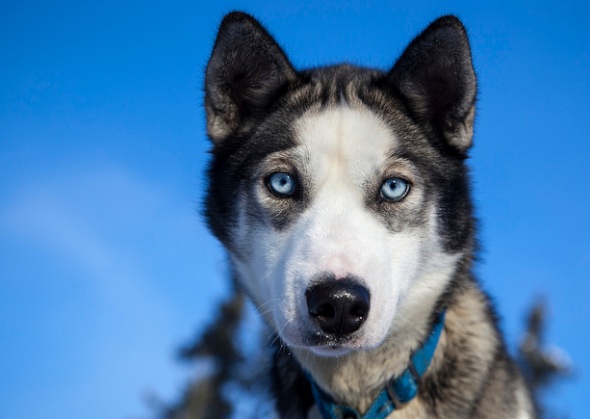7 Fascinating Facts About the Canine Rangers at Denali National Park
Published on November 11, 2015
Skip To
In the majestic, snow-covered backcountry of Denali National Park in Alaska, not all of the animal residents are wild. About 30 to 35 of them are part of the park’s staff.
Denali is the only national park in the U.S. to use canine rangers on its millions of acres — and the sled dog program is a long-standing tradition started by the park’s first superintendent in 1922. Perhaps not surprisingly, these working dogs are one of Denali’s most popular attractions.
We checked in with Denali kennels manager Jennifer Raffaeli to find out more about the Huskies, how they help maintain the park’s unique environment — and the close bond they develop with their human co-workers. Click through the gallery below to learn more and to see some gorgeous photos of them.
More From Vetstreet:
Denali is the only national park in the U.S. to use canine rangers on its millions of acres — and the sled dog program is a long-standing tradition started by the park’s first superintendent in 1922. Perhaps not surprisingly, these working dogs are one of Denali’s most popular attractions.
We checked in with Denali kennels manager Jennifer Raffaeli to find out more about the Huskies, how they help maintain the park’s unique environment — and the close bond they develop with their human co-workers. Click through the gallery below to learn more and to see some gorgeous photos of them.
More From Vetstreet:
- 5 Odd Dog Behaviors Explained
- Find the Perfect Dog or Cat Breed for You
- 5 Tips to Solve Your Dog’s Barking Problem
- Most Popular Names for 10 Large Dog Breeds
- Vets Name 10 Dog Breeds That Shed the Least












